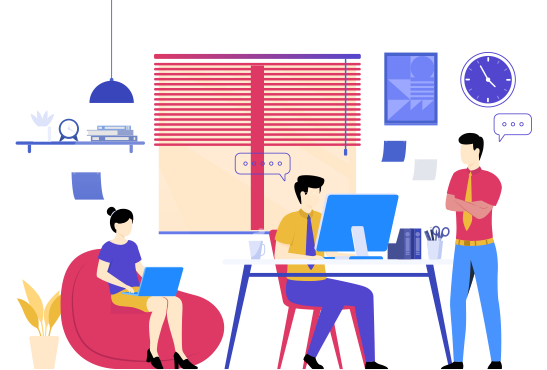Importance of Logo for your business

First Impressions Matter: Your logo is often the first point of contact with potential customers. A professionally designed logo exudes credibility and sets the tone for what your business represents.

Instant Recognition: Think about global giants like Apple, Nike, or McDonald's. Their logos are iconic and instantly recognizable. A well-designed logo helps your brand stand out and leaves an indelible mark in the minds of your audience.

Brand Identity: Your logo encapsulates your brand's essence and values. It should convey a message about who you are and what you do. A well-crafted logo builds brand identity and fosters customer loyalty.

Memorability: People remember images more than words. A unique, eye-catching logo is more likely to be remembered than a company name. It's your foot in the door to the minds of your target audience.

Versatility: A good logo works across various platforms, from business cards to websites, billboards to social media profiles. It's a versatile asset that maintains its integrity no matter where it's displayed.

Competitive Edge: In a crowded marketplace, a strong logo differentiates you from your competitors. It can communicate what sets your business apart and why consumers should choose you.

Trust and Professionalism: A well-designed logo signifies professionalism and attention to detail, which in turn fosters trust among your audience.

Logo design is not just about creating a pretty image; it's about creating a symbol that encapsulates your brand's identity, speaks to your audience, and leaves a lasting impression.